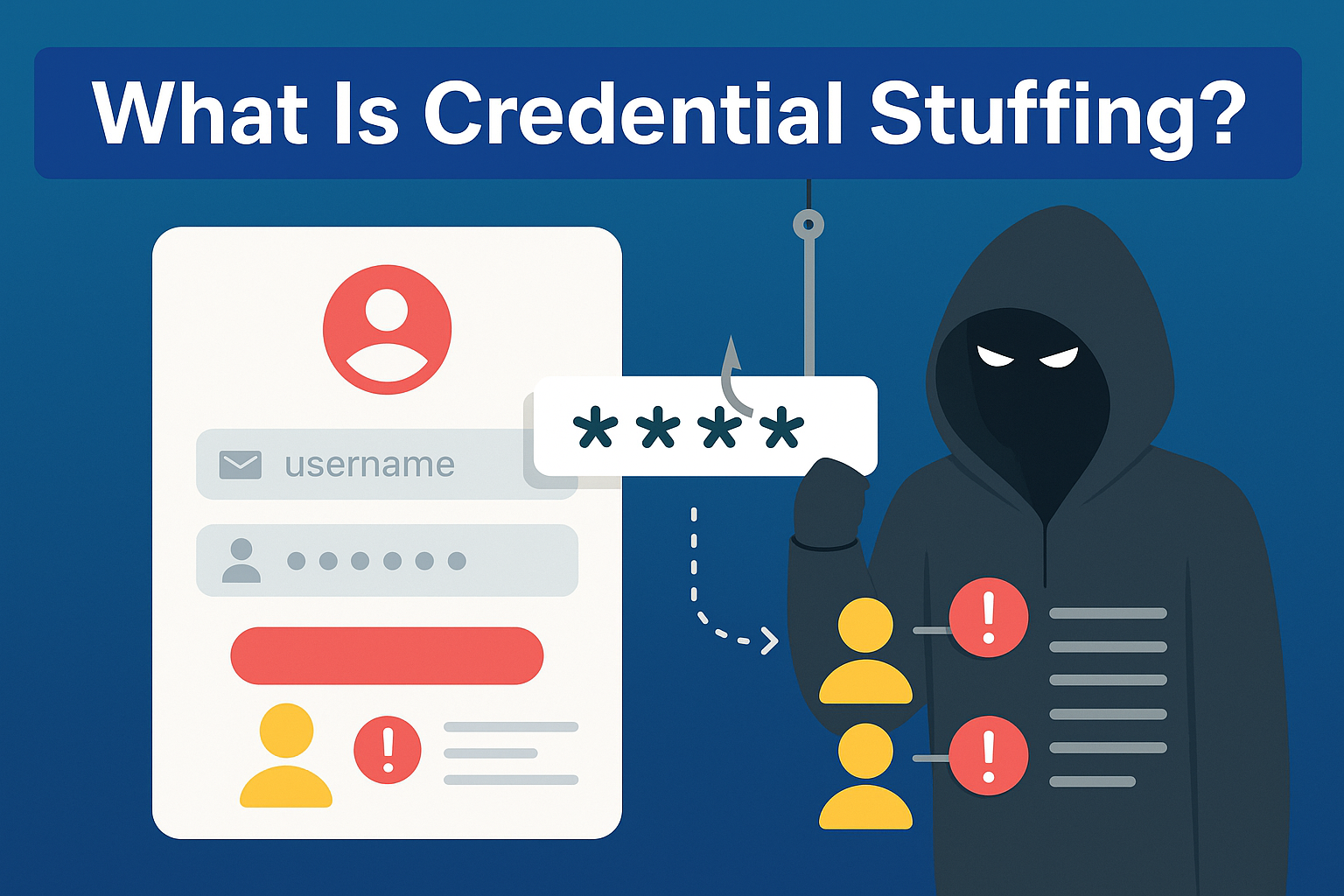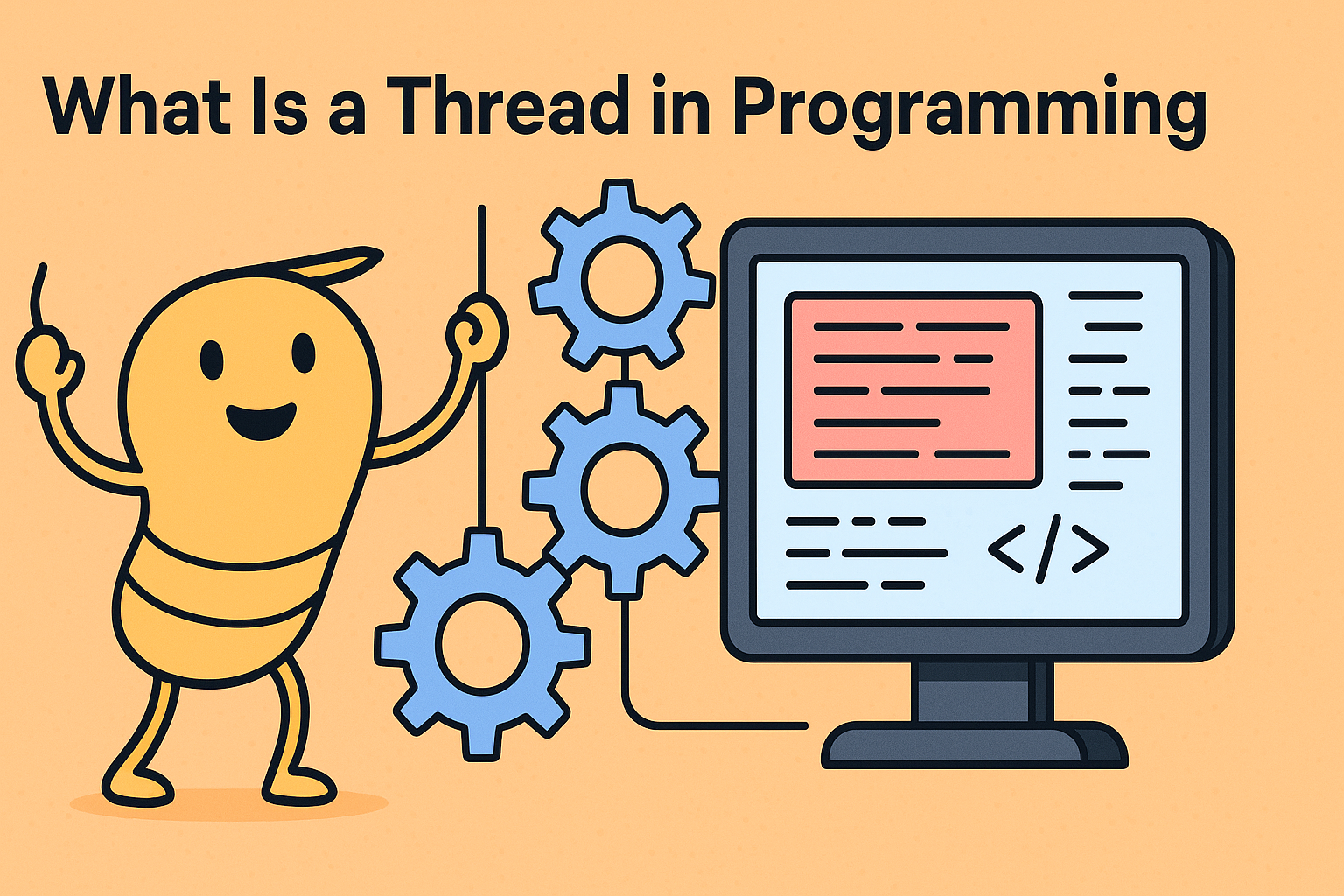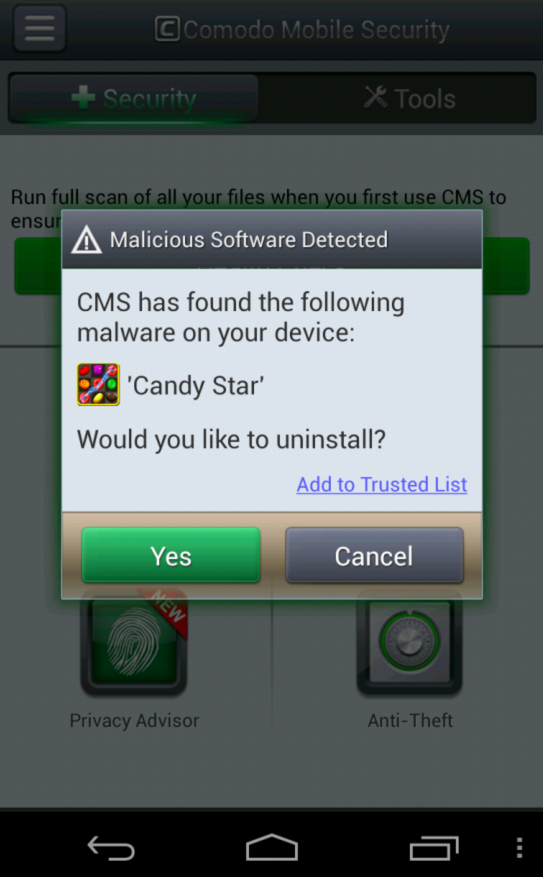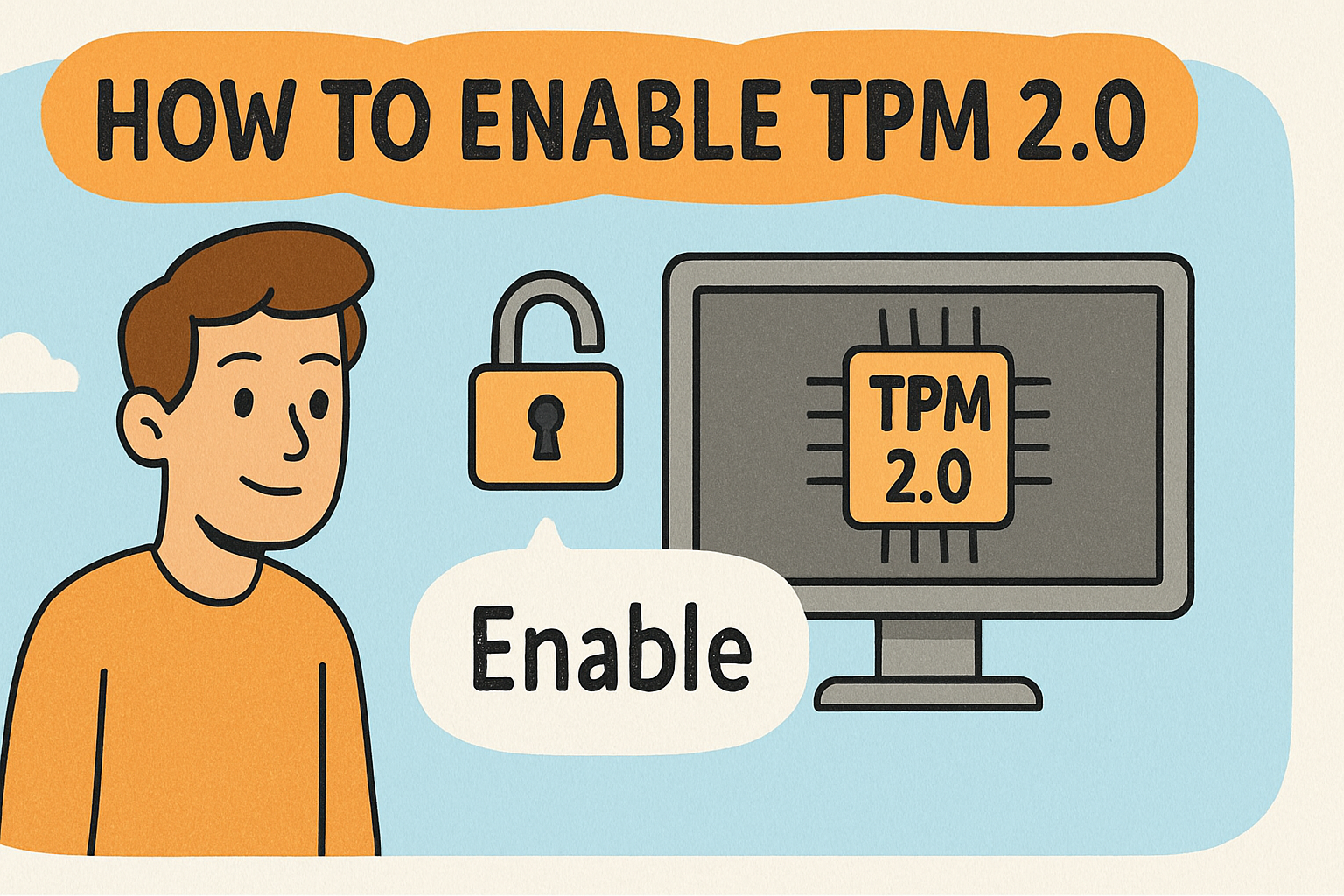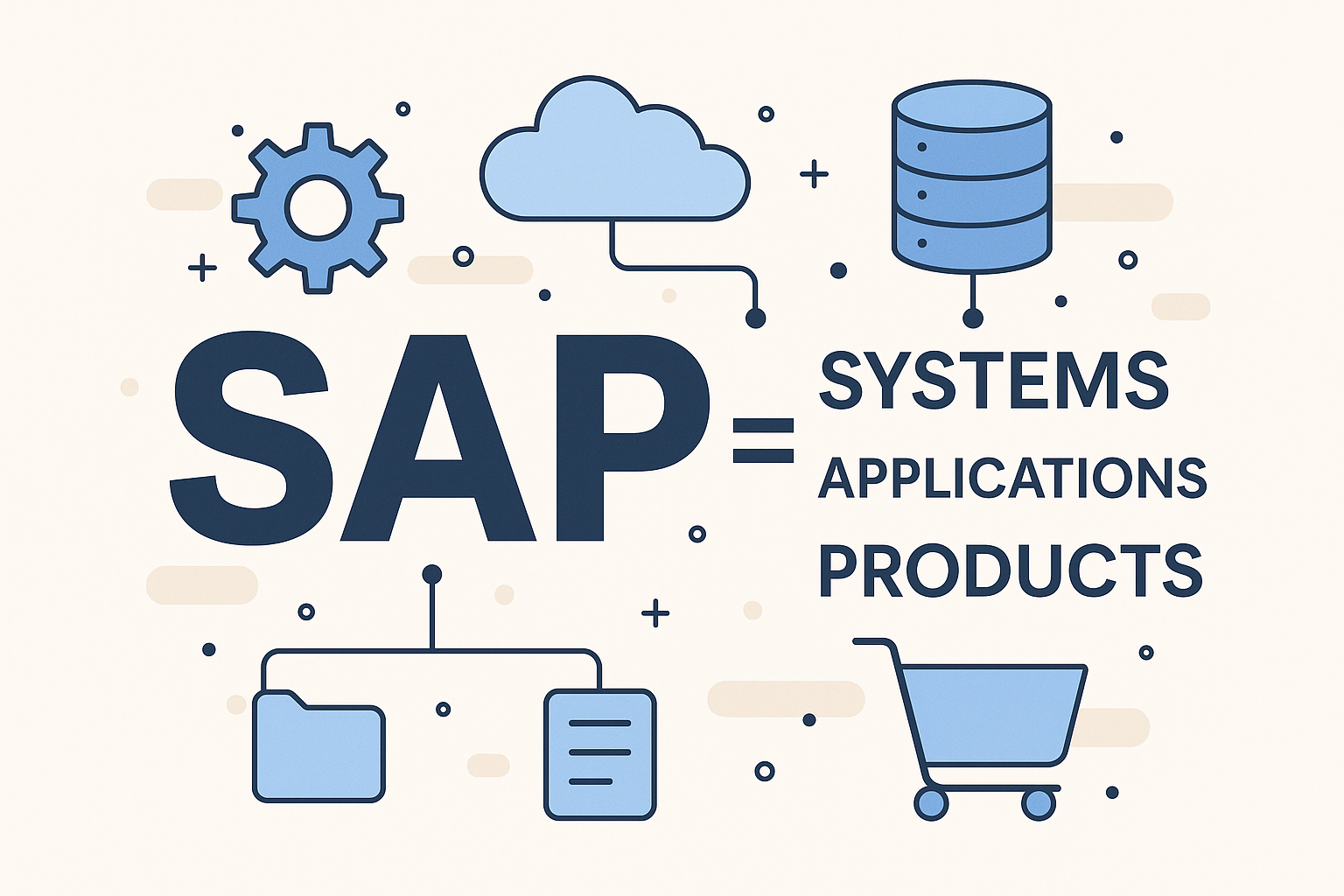Could One Query Open the Door to Your Entire Database?
Updated on June 5, 2025, by Xcitium
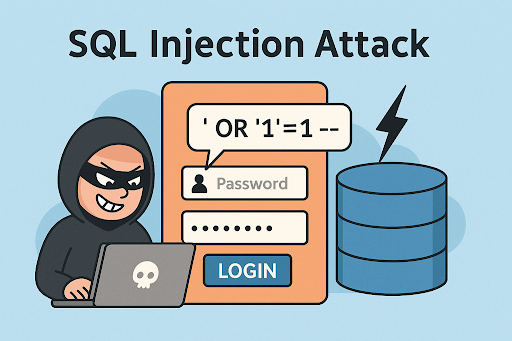
What if a single input field on your website could let a hacker access sensitive customer data, steal admin credentials, or delete your entire database? That’s the power—and danger—of a SQL Injection attack.
SQL Injection (SQLi) remains one of the most common and critical web application vulnerabilities. Despite widespread awareness, thousands of systems are compromised every year because of poor input validation or insecure coding practices. If you’re asking, “What is SQL Injection?”, this guide is for you.
Let’s unpack how SQL injection attacks work, why they’re so dangerous, and most importantly, how to prevent SQL injection in your applications.
What Is SQL Injection?
An SQL Injection attack is a type of code injection that exploits vulnerabilities in a web application’s database layer. When input fields (such as login forms or search boxes) fail to properly filter or sanitize user input, attackers can insert malicious Structured Query Language (SQL) statements into a query to gain unauthorized access to data.
What Can SQL Injection Do?
- Extract sensitive data (usernames, passwords, payment details)
- Bypass login authentication
- Modify or delete database records
- Execute administrative operations on the database
- Access internal system files
Real-World Impact:
- The Heartland Payment Systems breach involved SQL injection, compromising 100+ million cards.
- Insecure web apps targeted by SQLi are among the top OWASP threats.
How SQL Injection Works: Step-by-Step
To understand the mechanics of a SQL injection, let’s look at a simple vulnerable login query:
sql
CopyEdit
SELECT * FROM users WHERE username = ‘user’ AND password = ‘pass’;
Now, imagine an attacker inputs the following into the username field:
sql
CopyEdit
‘ OR 1=1 —
The resulting query becomes:
sql
CopyEdit
SELECT * FROM users WHERE username = ” OR 1=1 –‘ AND password = ”;
The OR 1=1 condition is always true, and the — sequence comments out the rest of the query. Result: the attacker logs in without credentials.
Types of SQL Injection Attacks
SQL Injection can take many forms. Understanding each helps build better defenses:
1. Classic SQL Injection
- Direct insertion of malicious SQL.
- Occurs in dynamic queries built from unsanitized input.
2. Blind SQL Injection
- No visible error message.
- Attacker asks true/false questions and infers behavior from application responses.
3. Time-Based Blind SQL Injection
- Uses SQL commands that delay response (e.g., SLEEP(5)) to infer data.
4. Union-Based SQL Injection
- Extracts data by appending UNION SELECT to return additional results.
5. Out-of-Band SQL Injection
- Uses external channels (e.g., DNS or HTTP requests) to extract data.
| Type | Visibility | Complexity | Common Usage |
| Classic | High | Low | Login forms, search bars |
| Blind | Low | Medium | Error-suppressed apps |
| Time-Based | Low | Medium-High | Advanced evasion |
| Union-Based | Medium | Low | Data extraction |
| Out-of-Band | Low | High | Rare, targeted attacks |
Signs Your Application Might Be Vulnerable
- Uses dynamic SQL queries with user input.
- Error messages reveal the database structure.
- Lack of parameterized queries or stored procedures.
- No web application firewall (WAF) in place.
- Poor input validation or sanitation.
How to Prevent SQL Injection
1. Use Parameterized Queries (Prepared Statements)
Avoid dynamically constructing queries with user input. Use placeholders:
python
CopyEdit
cursor.execute(“SELECT * FROM users WHERE username = %s”, (username,))
2. Use ORM Libraries
Object-Relational Mapping (ORM) tools like SQLAlchemy or Hibernate abstract database interactions, reducing injection risk.
3. Input Validation and Whitelisting
- Accept only expected data types.
- Reject unexpected characters (e.g., ‘, —, ;).
4. Stored Procedures
Encapsulate logic in the database and execute only safe, predefined statements.
5. Least Privilege Principle
Ensure database users have only necessary permissions. Don’t let a web app account perform admin functions.
6. Error Handling
- Don’t display detailed database errors to users.
- Use generic error messages to mask backend info.
7. Web Application Firewall (WAF)
Deploy a WAF to filter malicious input and detect attack patterns in real time.
8. Security Testing
- Use tools like OWASP ZAP, Burp Suite, and Xcitium’s threat scanners.
- Integrate testing into CI/CD pipelines.
Why SQL Injection Is a Top Business Risk
SQL Injection isn’t just a tech issue—it’s a business threat. Here’s why decision-makers should care:
- Data Breaches: Financial records, customer data, and intellectual property can be stolen.
- Compliance Violations: SQLi breaches can lead to penalties under GDPR, HIPAA, PCI-DSS.
- Downtime: Restoring compromised databases can take hours or days.
- Reputation Damage: Customers and investors lose trust after security lapses.
SQL Injection Attack Example in the Wild
In 2020, over 300,000 Indonesian e-commerce accounts were compromised due to an SQL injection vulnerability that exposed user emails, passwords, and shipping details.
Attackers leveraged a login field lacking input validation and used automated bots to scrape data for sale on dark web markets. This single flaw cost the company millions in cleanup, PR, and customer churn.
Take Action Before It’s Too Late
A SQL Injection attack can be devastating. But the good news is that it’s preventable. With proper code hygiene, input handling, and security controls, you can eliminate this threat vector.
Whether you’re developing new applications or managing legacy systems, SQL injection prevention should be an integral part of your cybersecurity roadmap.
Protect your organization before the breach. Request a Demo with Xcitium and explore our powerful web application security tools.
Frequently Asked Questions (FAQ)
1. What is SQL Injection in simple terms?
It’s a security vulnerability where attackers insert malicious SQL code into input fields to gain unauthorized access to a database.
2. What kind of damage can a SQL Injection attack cause?
It can steal, modify, or delete data; bypass login systems; and even take control of the entire database server.
3. How to prevent SQL Injection attacks in web applications?
Use parameterized queries, sanitize inputs, enforce least privilege, and implement WAFs.
4. Are all databases vulnerable to SQL Injection?
Any database using poorly validated user input in dynamic queries is vulnerable, regardless of the DBMS (MySQL, PostgreSQL, MSSQL).
5. Can a firewall alone stop SQL injection?
A firewall helps, but you must also fix application code and sanitize user input. WAFs are a defense-in-depth measure, not a silver bullet.





